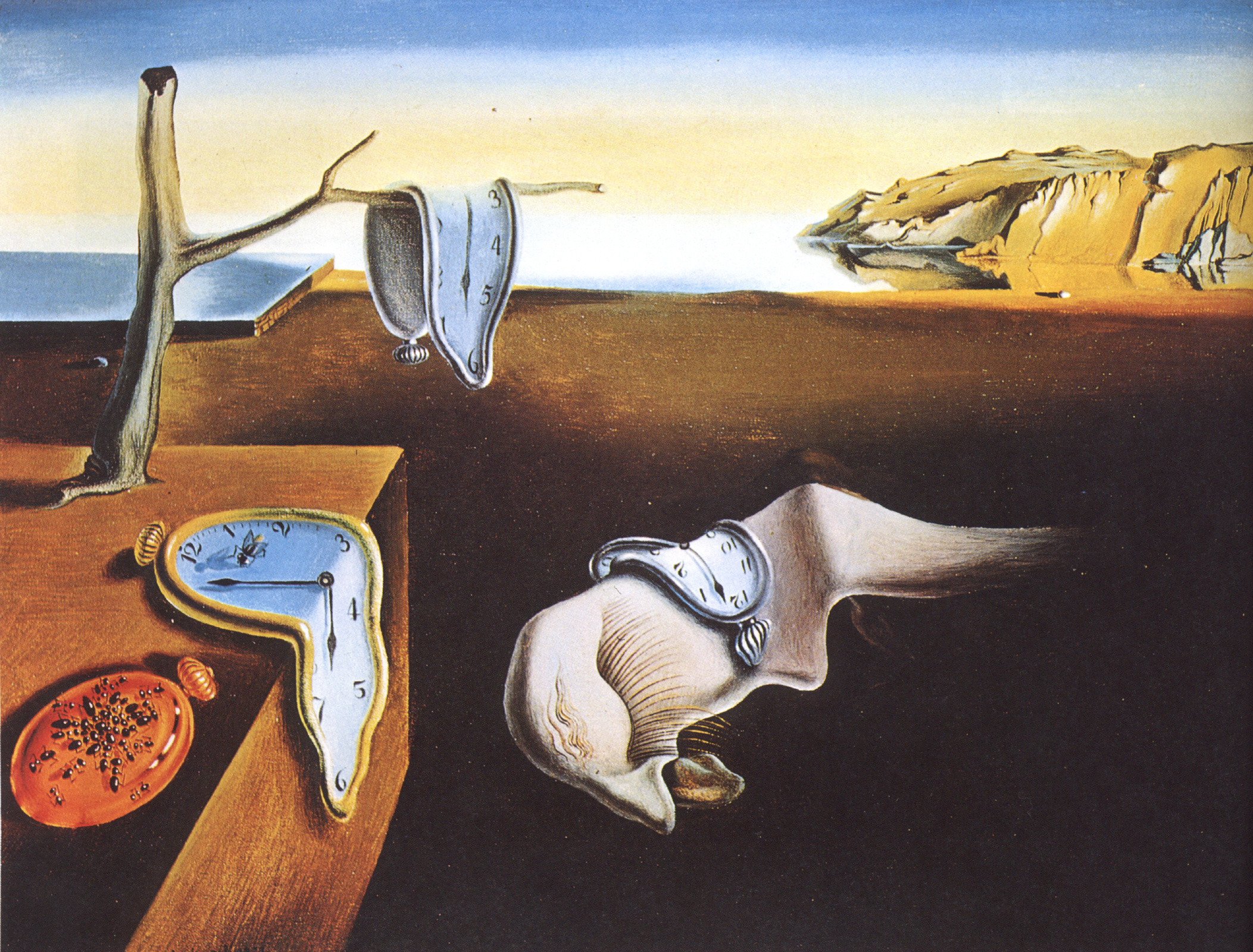Salvador Dali, a prominent Spanish surrealist artist, was born on May 11, 1904, in Figueres, Spain. Dali's extraordinary talent and eccentric personality made him a leading figure in the world of art. His unique approach to art, combined with his technical skills, allowed him to create a wide range of works, from paintings and sculptures to fashion and film.
Early Life and Character
Born as Salvador Domingo Felipe Jacinto Dalí i Domènech, Marquis of Dalí de Púbol, Dali showed an early interest in art. His parents encouraged his artistic pursuits, enrolling him in drawing classes and providing him with art supplies. Dali's father, a respected notary, instilled a strong work ethic and discipline in his son, which would later contribute to his success as an artist.
Dali's character was a blend of eccentricity, flamboyance, and controversy. He was known for his iconic waxed mustache and bizarre fashion choices, often wearing a cape and carrying a walking stick. Dali's eccentricity extended to his personal life, where he would host elaborate parties and engage in unusual behavior, such as walking his pet ocelot on a leash. Despite his peculiarities, Dali possessed a keen intellect and a deep understanding of art history, which informed his artistic style and philosophy.
International Recognition
Salvador Dali's rise to international fame began in the late 1920s when he joined the Surrealist movement in Paris. Surrealism, an artistic and literary movement, sought to explore the irrational and subconscious mind, often using dreamlike imagery and unconventional techniques. Dali's paintings, such as "The Persistence of Memory" (1931), featuring melting clocks, and "Swans Reflecting Elephants" (1937), showcasing optical illusions, became iconic examples of Surrealist art.


Dali's work was exhibited in major galleries and museums worldwide, solidifying his status as a leading figure in the art world. He also collaborated with other renowned artists and filmmakers, such as Luis Buñuel, with whom he co-wrote the groundbreaking surrealist film "Un Chien Andalou" (1929).

Artistic Influence
Salvador Dali's artistic influence extended beyond the realm of painting. He explored various artistic mediums, including sculpture, photography, and printmaking. Dali's sculptures, such as "Lobster Telephone" (1936) and "Mae West Lips Sofa" (1937), showcased his ability to transform everyday objects into surreal masterpieces.
Dali's influence also reached the world of fashion, collaborating with fashion designer Elsa Schiaparelli to create the iconic "Lobster Dress" (1937) and "Skeleton Dress" (1938). These collaborations blurred the lines between art and fashion, inspiring future designers like Alexander McQueen and Jean Paul Gaultier.

In addition to fashion, Dali ventured into theatre and film, designing sets and costumes for various productions. He worked with filmmaker Alfred Hitchcock to create the dream sequence in "Spellbound" (1945), showcasing his ability to bring surrealism to the big screen.
Impact on Different Sectors
Salvador Dali's influence can be seen across various sectors, from advertising and branding to architecture and design. His distinct visual style and surreal imagery have inspired countless artists, designers, and filmmakers. Dali's work has also been used in advertising campaigns for brands like Nissan and Perrier, demonstrating his enduring appeal and cultural relevance.
Salvador Dali's life and work have left an indelible mark on the world of art and beyond. His unique character, international recognition, and artistic influence continue to inspire and captivate audiences worldwide. Dali's legacy as a surrealist master endures, ensuring that his work will continue to intrigue and fascinate future generations.